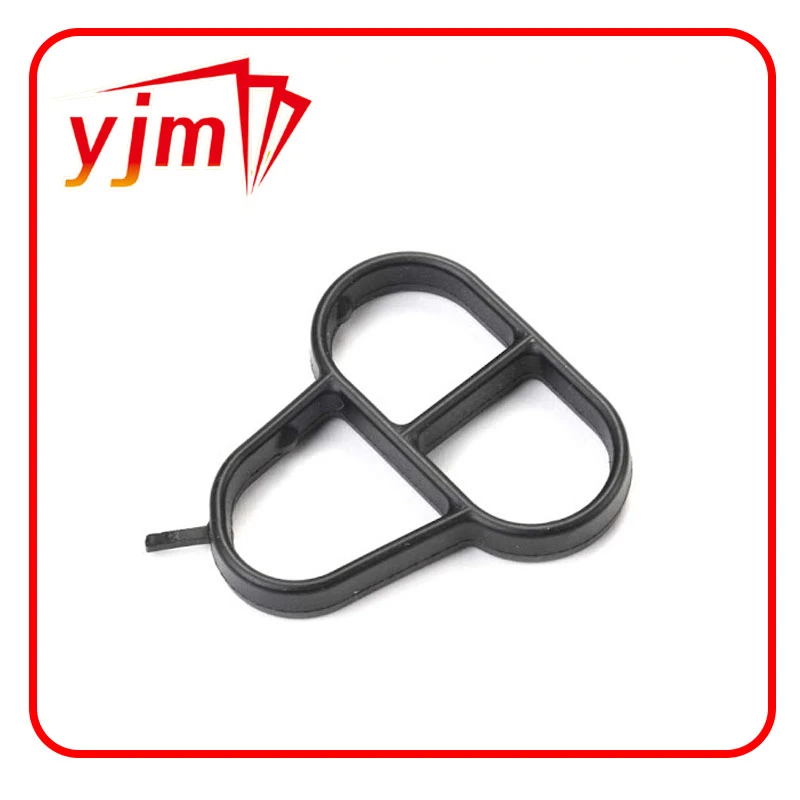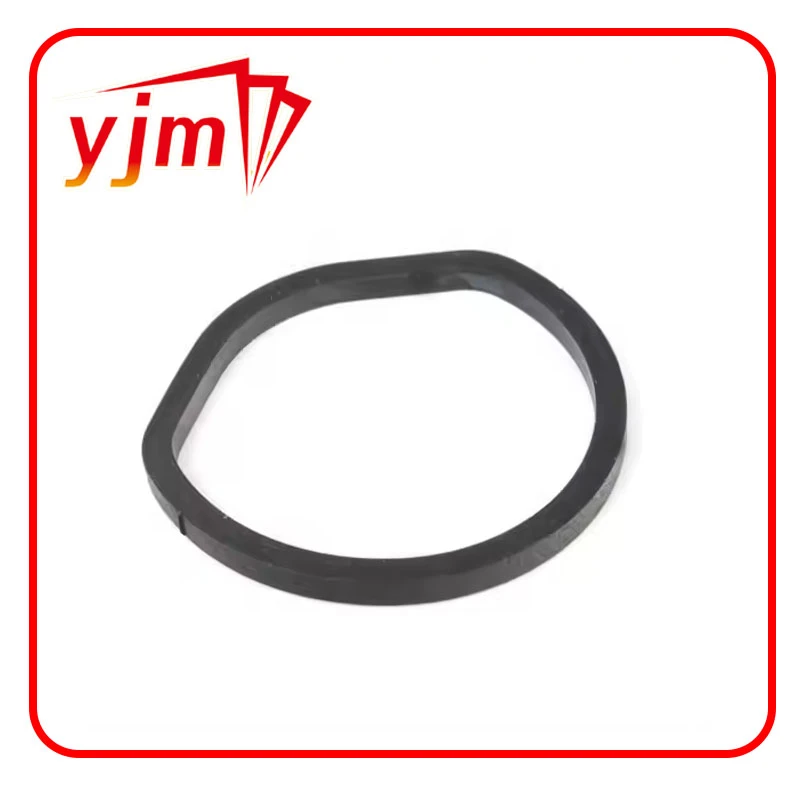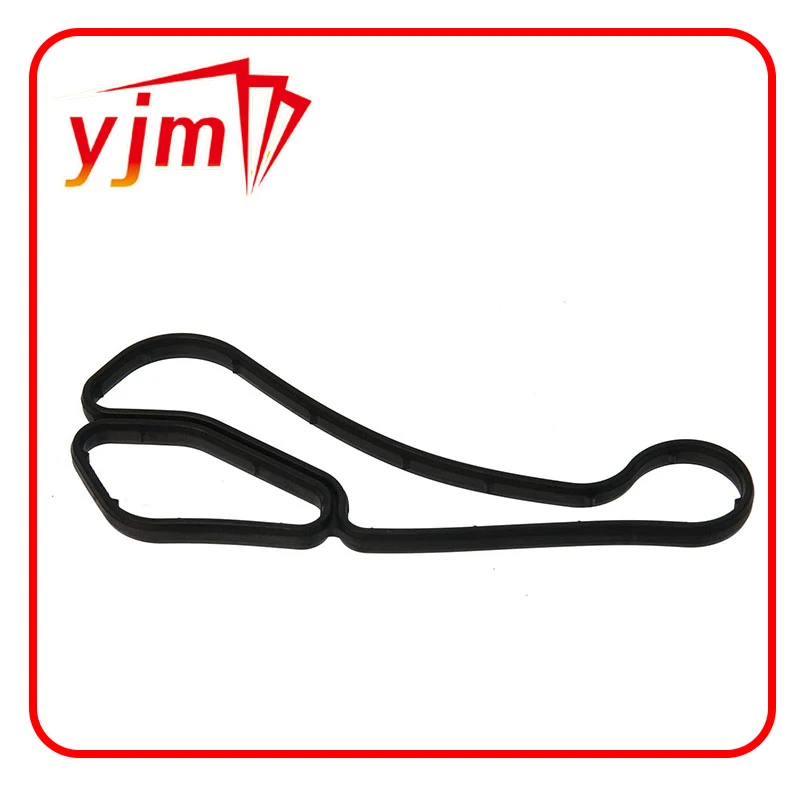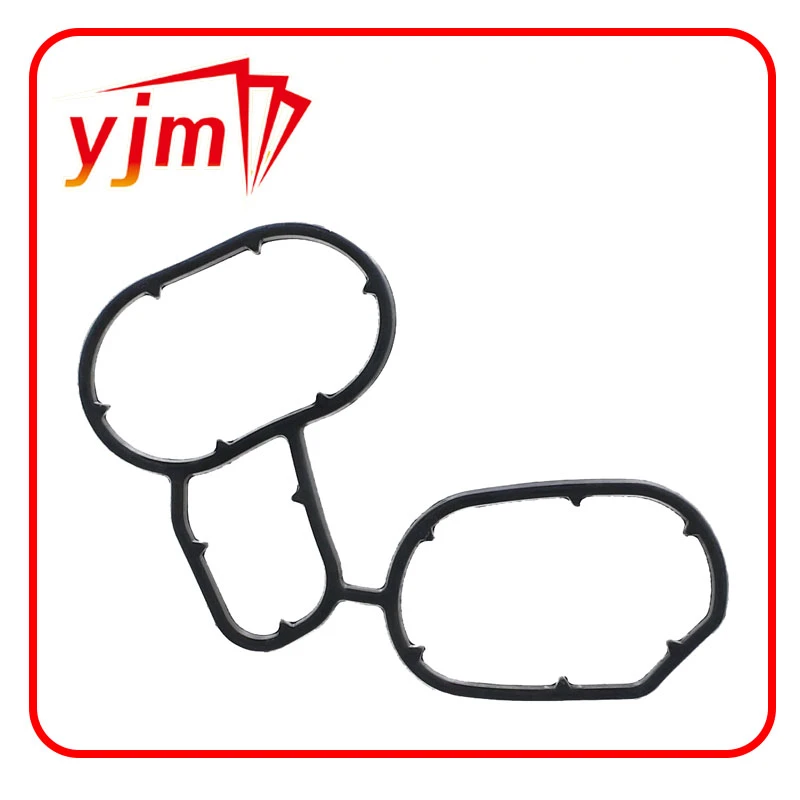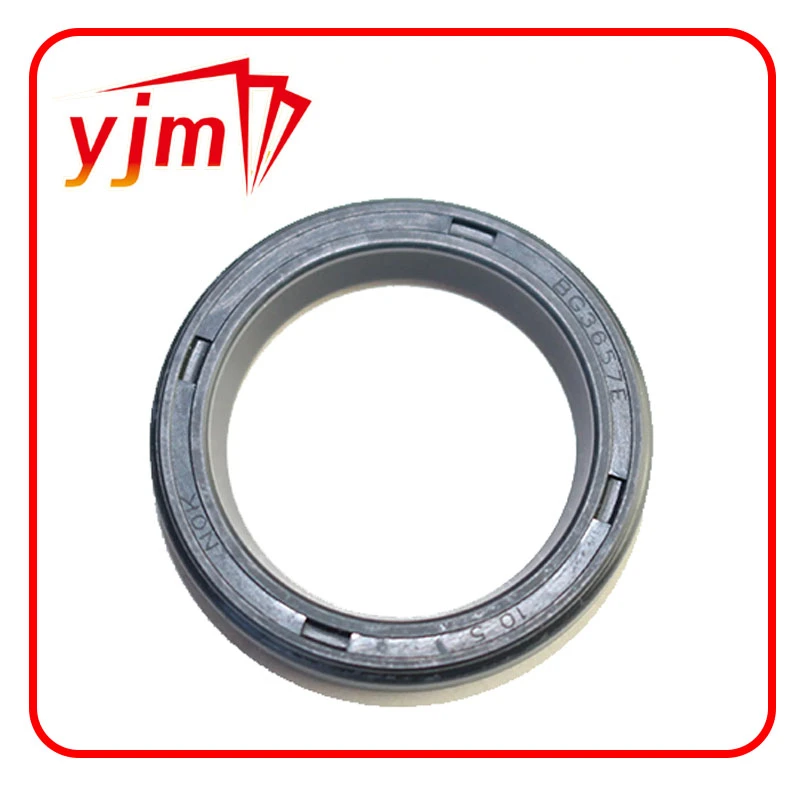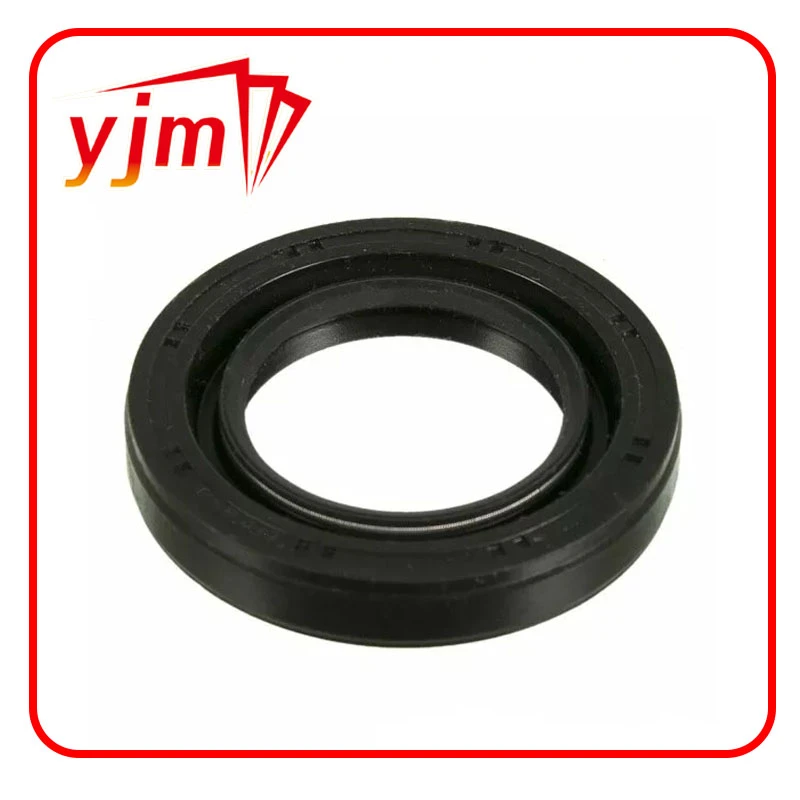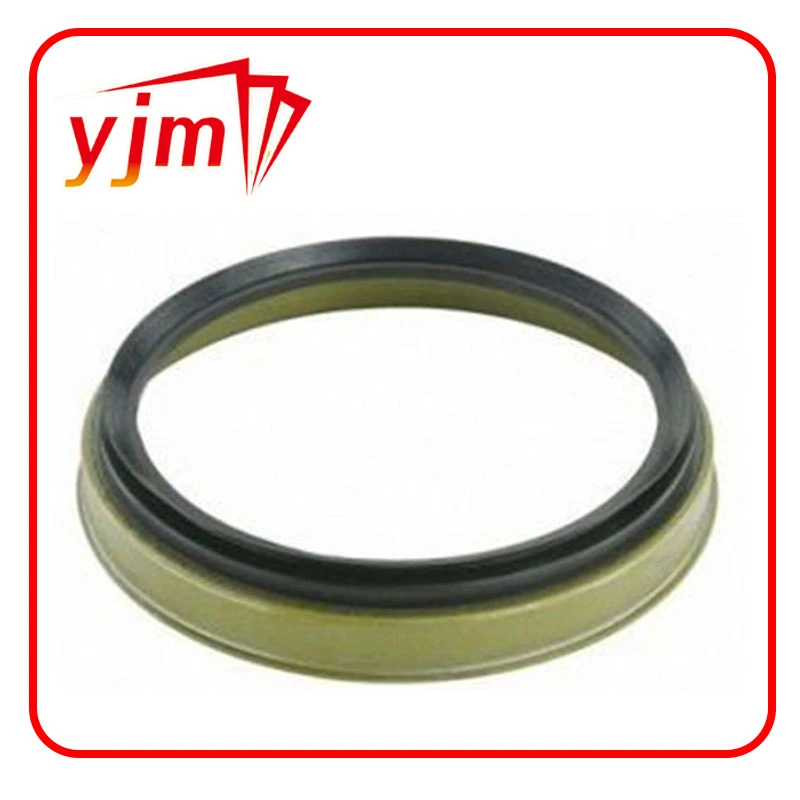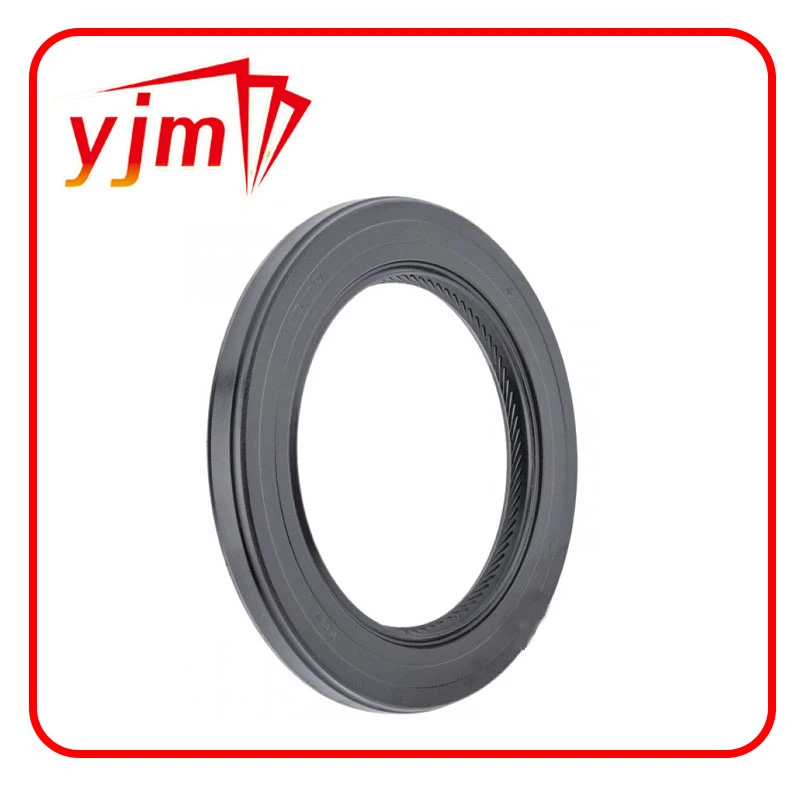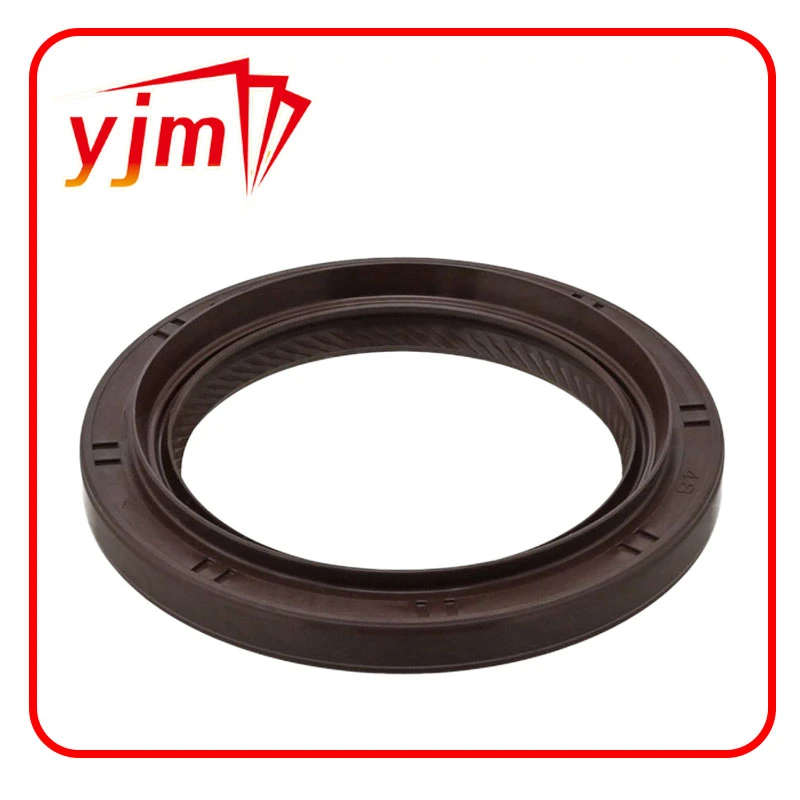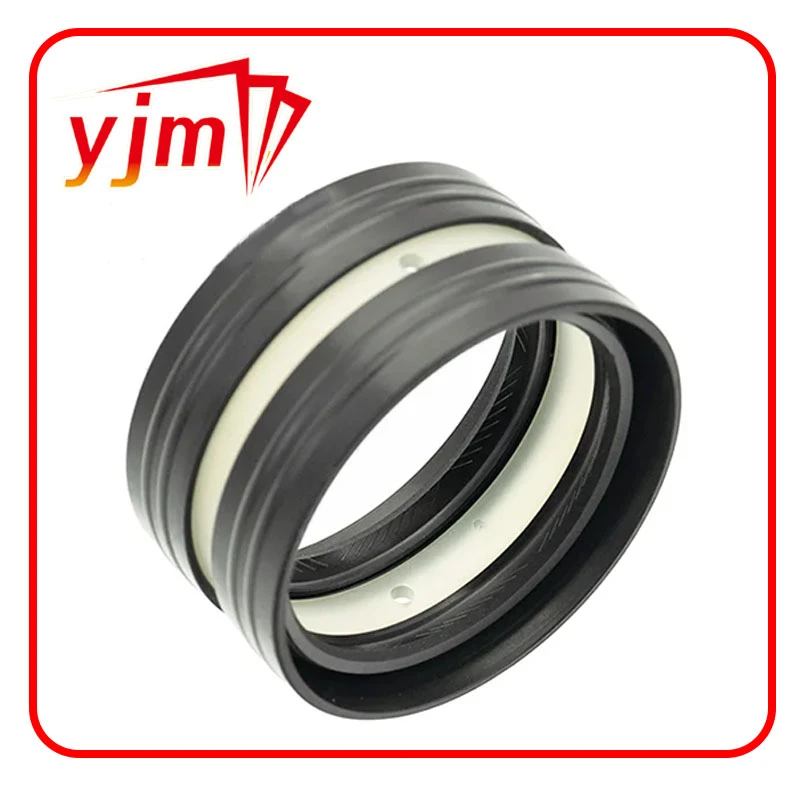Essential Sealing Components for Oil Systems: From Stem to Tank
In industrial and automotive systems, maintaining oil integrity is crucial for efficiency, performance, and safety. Whether it’s preventing leakage, containing pressure, or blocking contaminants, oil seals and gaskets serve critical functions. Among these, components like the oil stem seals, oil tank gasket, oil tank seal, and oil wiper ring are essential to the proper operation of engines and machinery. This article explores their roles, applications, and how to select the right ones.

Sealing in Motion: The Role of Oil Stem Seals and Oil Wiper Rings
In engines, particularly internal combustion types, motion and heat create challenging conditions for sealing components. Two key players in this environment are oil stem seals and the oil wiper ring.
Oil stem seals are small but vital components located at the top of the valve guides in engine cylinder heads. Their main role is to regulate the amount of oil that lubricates the valve stem as it moves within the guide. Too little oil leads to excessive wear; too much results in oil burning and engine smoke. High-quality oil stem seals help reduce oil consumption, limit emissions, and ensure long-term engine health.
Meanwhile, the oil wiper ring plays a complementary role in piston systems. Sometimes referred to as a scraper ring, the oil wiper ring helps control the amount of oil on the cylinder wall, wiping away excess oil while allowing a thin lubricating film to remain. This balance is critical to preventing oil from entering the combustion chamber and ensuring efficient operation. These rings are especially important in high-performance engines or heavy-duty machinery where oil control is essential under extreme operating conditions.
Oil Tank Sealing: Gaskets and Perimeter Seals
Moving beyond engines, oil containment and transport systems—such as reservoirs and tanks—require robust sealing solutions to handle pressure, temperature shifts, and vibration. That’s where the oil tank gasket and oil tank seal come in.
The oil tank gasket is typically used between two mating surfaces—like the tank lid and body—to prevent leaks of oil or vapor. These gaskets are made from oil-resistant materials such as nitrile rubber, silicone, cork-rubber composites, or even high-grade PTFE. A well-designed oil tank gasket ensures proper sealing over long periods, even under thermal expansion, mechanical stress, or exposure to various oils and fuels.
On the other hand, the oil tank seal is often a broader term encompassing any sealing element around an oil tank, including the filler cap seals, drain plug seals, and even flange seals. In mobile machinery, like agricultural equipment or large trucks, a durable oil tank seal is essential to prevent spillage and contamination. For stationary industrial tanks, tank seals help maintain system pressure, support safe storage, and prevent environmental hazards.
Both oil tank gaskets and oil tank seals must meet rigorous standards for chemical compatibility, compression resistance, and environmental sealing to perform reliably over time.
Selecting and Maintaining the Right Seals
Choosing the right sealing components for oil systems isn't just about shape and size—it involves understanding operating conditions, material compatibility, and wear factors. Here’s what to consider for each:
Oil stem seals should be selected based on engine type, valve guide diameter, and material (usually Viton®, NBR, or PTFE). Performance under high temperature and long intervals is key.
For the oil wiper ring, matching the ring to the piston and bore size, as well as considering ring tension and oil control needs, ensures proper scraping without excess friction.
The oil tank gasket must resist swelling and deterioration from the type of oil used, and should maintain sealing under bolt compression. Choose materials like nitrile or graphite-reinforced rubber for durability.
A proper oil tank seal should form a tight fit even after repeated use or exposure to vibration. Look for molded designs with reinforced edges for better retention in dynamic environments.
Maintenance also plays a vital role. Even the best seals degrade over time. Routine inspection, replacement at service intervals, and using manufacturer-approved components are essential practices for maintaining sealing integrity.
In conclusion, the performance and safety of oil systems rely heavily on properly functioning seals. From precise engine components like oil stem seals and the oil wiper ring, to larger containment-focused parts like the oil tank gasket and oil tank seal, each plays a unique and essential role. Selecting the right seal and maintaining it well ensures longer equipment life, better efficiency, and safer operation across industries.
-
Seal 12x20x5: Precision Radial Shaft Seals for Industrial Reliability
Kabar Nov.24,2025
-
Seal 12x18x5: Essential Guide to Specifications, Applications & Vendors
Kabar Nov.24,2025
-
Understanding Seal 12 20 5: Applications, Specifications & Industry Insights
Kabar Nov.23,2025
-
Durable Oil Seal 85x110x12 – Reliable Sealing Solutions for Industry
Kabar Nov.23,2025
-
Durable and Precise Oil Seal 75x95x10 for Efficient Machinery | YJM Seal
Kabar Nov.22,2025
-
Durable Oil Seal 75x100x10 for Reliable Industrial Performance | YJM Seal
Kabar Nov.22,2025
-
High-Quality Oil Seal 65x90x10 | Durable & Reliable Sealing Solutions
Kabar Nov.22,2025
Kategori produk

